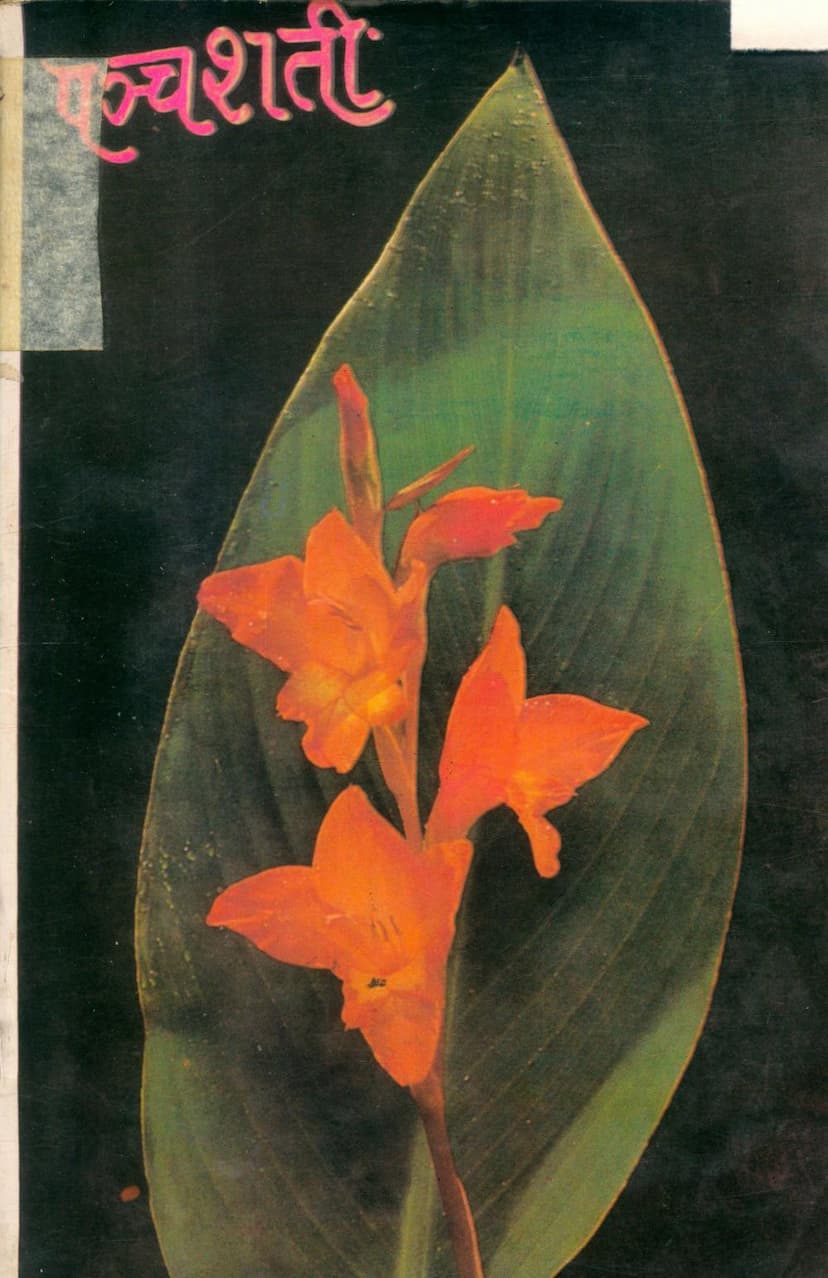Panchshati
Added to library: September 2, 2025

Summary
Here's a comprehensive summary of the Jain text "Panchshati" based on the provided information:
Book Title: Panchshati Author: Acharya Vidyasagar (with Sanskrit commentary and Hindi translation by Dr. Pandit Pannalal Sahityacharya) Publisher: Gyanganga Catalog Link: https://jainqq.org/explore/002457/1
Overall Theme and Purpose:
Panchshati, as described in the publisher's note, is a collection of five Sanskrit shatakas (works of about 100 verses each) composed by the highly revered Acharya Vidyasagar Maharaj. The primary purpose of this compilation and its Hindi translation with Sanskrit commentary is to make these profound spiritual works accessible to a wider audience, especially those who might find the original Sanskrit challenging due to the use of rare words and complex literary devices. The publisher highlights the tradition of Jain saints dedicating their lives to spiritual contemplation and writing, using poetry and scriptures as pathways to deeper spiritual understanding.
Key Aspects and Content:
-
The Author, Acharya Vidyasagar Maharaj: The text extensively praises Acharya Vidyasagar Maharaj as a luminous figure in the Digambar Jain community. He is described as an ideal for conduct, deeply immersed in knowledge, meditation, and penance. Despite his South Indian origin, his spiritual journey has primarily been in Madhya Pradesh, influencing many to embrace a life of asceticism. He is also recognized as a talented poet who has rendered many texts into verse, including "Samansutta" as "Jain Gita" and "Mukti-Mati." His spiritual epic "Mookmati" is also mentioned as a celebrated work.
-
The "Shataka" Tradition: The introduction explains the rich tradition of shataka literature in Sanskrit, referencing authors like Samantabhadra, Bhartrihari, and Bihari. This tradition, popular in Prakrit and Hindi as well, focuses on thematic collections of around 100 verses, often dealing with ethics, detachment, and spiritual wisdom.
-
The Five Shatakas: Panchshati comprises the following five shatakas:
- Shramanasataka: Composed in Ajmer in Vikram Samvat 2031 (1974 CE), published by Darshanacharya Gulabchandji, Jabalpur. It addresses ascetics (shramanas) and offers advice on detachment from worldly desires.
- Niranjana Shataka: Composed at Kundalpur in Veer Nirvana Samvat 2503 (1974-75 CE), published by the Kshetra Committee. It extols the state of being niranjana (unstained), referring to liberated souls (Siddhas) and the Arhats who have overcome karmic impurities.
- Bhavana Shataka: Composed in Firozabad in Vikram Samvat 2023 (1966 CE), published by Nirgranth Sahitya Prakashan Samiti, Calcutta. It describes the sixteen core emotions (bhavanas) that lead to the bondage of Tirthankar-hood in a new style.
- Parishahajaya Shataka (Gyanodaya): Composed at Kundalgiri (Koni ji) in Veer Nirvana Samvat 2503 (1974-75 CE), published by Darshanacharya Gulabchandji, Jabalpur. It focuses on the conquest of the 22 types of hardships (parishahas) that a muni must overcome.
- Suniti Shataka: Composed in Isri (Giridih) in Veer Nirvana Samvat 2510 (1981-82 CE), published by Shri Ratanlal Himmat Singh Jain, Calcutta. It is filled with beneficial moral teachings.
-
The Commentary and Translation: The publisher notes that while Acharya Vidyasagar Maharaj himself composed the shatakas with Hindi verse translations, the Sanskrit commentary was deemed necessary due to the complex vocabulary and literary embellishments (shabd-alankaras) used. Pandit Pannalal Sahityacharya undertook this crucial task, adding Sanskrit commentary (Tika), anvay (syntactical arrangement), and a literal Hindi translation (mulanugami gadya-anuvad) to clarify the meaning and enhance the utility of the works.
-
Linguistic and Literary Features: The shatakas are noted for their sophisticated use of Sanskrit, including yamak (alliteration), anupras (rhyme), and chitra-alankara (pictorial figures of speech). The commentary addresses the challenge posed by less common words by referencing dictionaries like Vishvalochana Kosh.
-
Scholarly Recognition: The introduction also mentions a research thesis by Dr. Ashalata Malaiya titled "Sanskrit Shataka Parampara aur Acharya Vidyasagar ke Shatak," which has been published, indicating the academic significance of Acharya Vidyasagar's poetic contributions.
-
The Spirit of the Work: The publisher's note emphasizes the dedication of Pandit Pannalal Sahityacharya in completing this scholarly work despite age-related challenges, attributing it to the influence of the Jain faith. Gratitude is expressed to all who contributed directly or indirectly. The overriding sentiment is the desire to promote the Jain faith and its practices.
-
Content of the Shatakas (Brief Overview):
- Shramanasataka: Focuses on the virtues and conduct of shramanas (ascetics), using the Aryā meter.
- Niranjana Shataka: Praises the pure, unstained nature of the soul and the liberated, using the Drutavilambita meter.
- Bhavana Shataka: Describes the sixteen stages of spiritual development leading to Tirthankar-hood, utilizing Anushtubh and Murajbandha poetic forms.
- Parishahajaya Shataka: Highlights the importance of overcoming hardships, employing Drutavilambita and Muktaka meters.
- Suniti Shataka: Offers ethical teachings using Upajati and Muktaka meters.
In essence, Panchshati is presented as a valuable resource for spiritual study, bridging the gap between the original profound Sanskrit works of Acharya Vidyasagar Maharaj and the common reader through meticulous commentary and translation, all driven by a deep devotion to Jain principles.